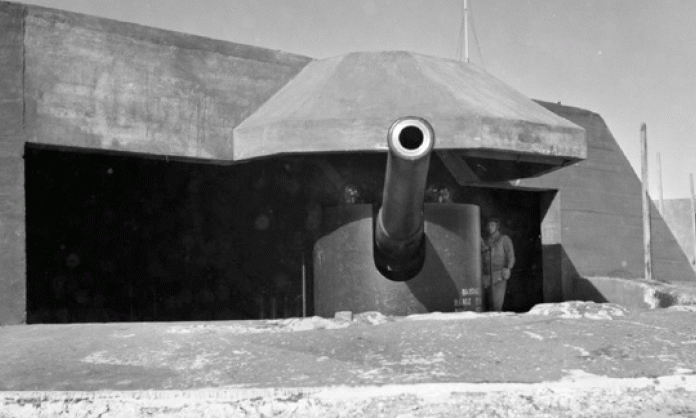In August 1913, just one year from the outbreak of World War I, General Joseph Gordon circulated a General Scheme of Defence for Australia. Like most such schemas in this country, it had little to do with defending ordinary people.
According to historian Douglas Newton, it incorporated plans to support the British empire, balanced with “a shopping list of potential colonial conquests” in the Asia-Pacific region. The territories would be seized not only from the Germans but also the French and the Dutch, at the risk of possible “occupation of hostile bases” – in other words by force. It was near enough to a plan for war.
Last issue I challenged some common views on why our rulers took Australia into the war. My own explanation boiled down to the ruling class’s racist focus on defeating the Japanese empire, while seizing island territories.
But of course there is more to it. Australian political leaders also thought of the empire as a great bulwark against all things evil and therefore axiomatically they defended it; it’s just that little was as evil in their eyes as the despised “yellow races”. In this case Britain and Australia could achieve a “win-win” situation that enabled Britain to receive military aid from Australia and bolster each side.
This is some of the background for defence minister George Pearce’s 1910 remark that the imperial framework imposed a relationship which “may at any time be involved in a war in the causing of which we had no voice and in which we had no desire to take part”. If war must take place, added Pearce, it was far better to wage it on some other land than our own.
By 1914 it had become support for Britain’s imperialist adventures “to the last man and the last shilling”, in the words of prime minister Andrew Fisher. Both Pearce and Fisher were from the ALP. Some of their hawkishness can be explained as a reaction to the accusations of cowardice and disloyalty they suffered from the conservatives. But the big picture was a fairly consistent, hardline war policy on all sides of parliamentary politics.
Tuesday 5 August marks the 100th anniversary of the first shot fired in the British empire in World War I. And you can put on your tourist boots to see the very spot: the shot was fired from Fort Nepean, south of Melbourne, just three hours and 45 minutes after war was declared in London.
As the ship passed Portsea it was momentarily stopped by the Australian navy, but allowed to proceed. As it approached the dangerous rip at the entrance to Port Phillip Bay, Fort Nepean was told to “stop her or sink her”.
Of course no one got hurt. The shot was fired in order to prevent the German merchant SS Pfalz from entering the open sea. A civilian ship was attacked with little warning, just hours into hostilities. The Pfalz surrendered.
The event now serves to enhance Point Nepean as a tourist attraction, a miniature Anzac Cove, where the kids can learn to be proud of the fact that the first shot was fired against civilians from Coastal Artillery Gun Emplacement 6. The total number of war deaths included about 10 million military personnel and about 7 million civilians. “And hey kids, it all began here!”
Another year on, a very different episode in the war on civilians took place in Egypt. On Good Friday some 2,500 rioting New Zealand and Australian troops ransacked a street called Haret el Wassir, which the Australian troops called “the Wozzir”. It was a sordid passageway full of bars and brothels.
The press reports and the official enquiry would refer to minor grievances: recent price increases, poor quality drinks, and concerns about the spread of venereal disease. Was it too obvious to mention they were heading for Gallipoli? All leave was stopped, as if that would fix young men, lonely and scared of dying.











